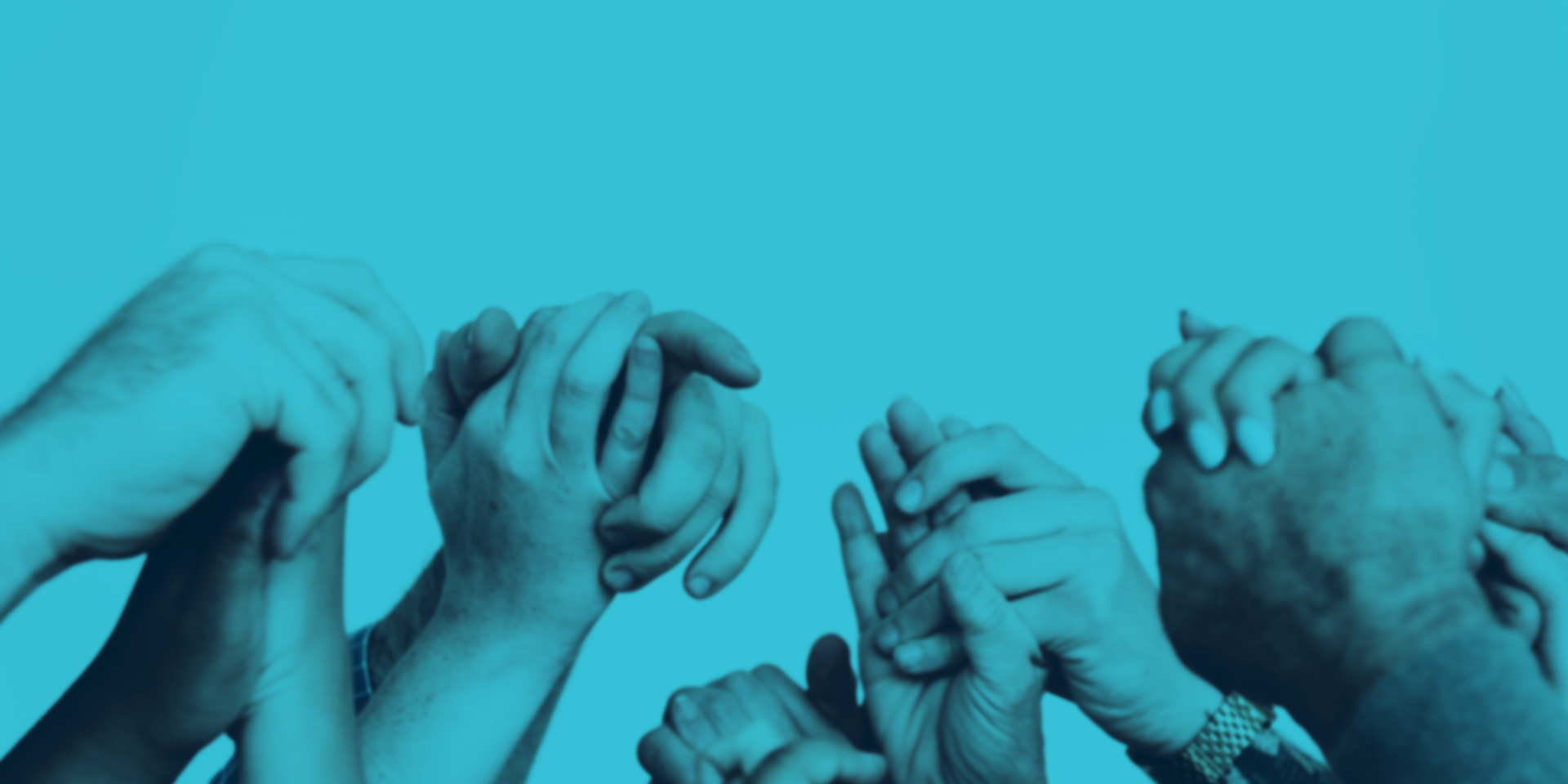
Our History
A Timeline of Quality Care
In 1967 when Cenikor was founded, illicit drug use and overdose deaths weren’t widely reported. There were few options for treatment, and there was very little clinical research on substance use.
Most people, and families, suffered in silence. The first public, national survey about drug use was administered by the Gallup Poll in 1969, and 48% of Americans said drug use was a serious problem in their community.
In an era of social stigma and limited treatment options, Cenikor was created to provide hope and a path toward recovery.
Transforming TC
For most of Cenikor’s history, the Therapeutic Community (TC) model was the predominant treatment approach.
It focused on a structured and supportive community environment where the community itself—peers, staff and residents—worked together to reinforce personal growth and behavioral change. This includes highly structured daily routines, vocational services, and community activities.
While this method worked for many people, treatment models evolved to include more personalized treatment plans and outpatient programs.
Some individuals have co-occurring mental health issues that need to be addressed alongside substance use. As clinical research and therapeutic models have evolved, so have Cenikor’s programs.
A Focus on Clinical Excellence
We emphasize an integrated approach to treatment that includes effective elements of the TC along with a clinical focus on high-quality therapies, medications, and behavioral health curriculums that can be tailored to each client’s specific circumstances and needs. From prevention through aftercare, each stage of a client’s journey is supported.
After a thorough assessment, clients receive a personalized treatment plan that details each phase of their recovery journey. This roadmap gives them a clear overview of their treatment options and milestones, and their recovery services are layered in.
Depending on the individual, the roadmap could include recommended levels of care, preventative care, outpatient support, and a maintenance plan for when they graduate that could include attending meetings or being involved with recovery support specialists.
Decades of recovery treatment experience has shown that clients who understand their options and feel empowered by their treatment plan are more likely to show up for services and complete their recovery milestones.
Building a Future of Recovery
What started as one small group in Colorado in 1967 grew to become ten residential locations across Texas and New Mexico.
Cenikor’s staff and board continues to build on nearly 60 years of progress. Together, we are creating a new phase of clinical, evidence-based recovery care that supports each person who enters a Cenikor campus.